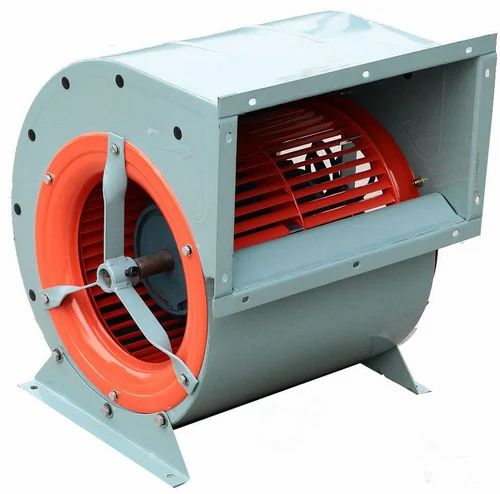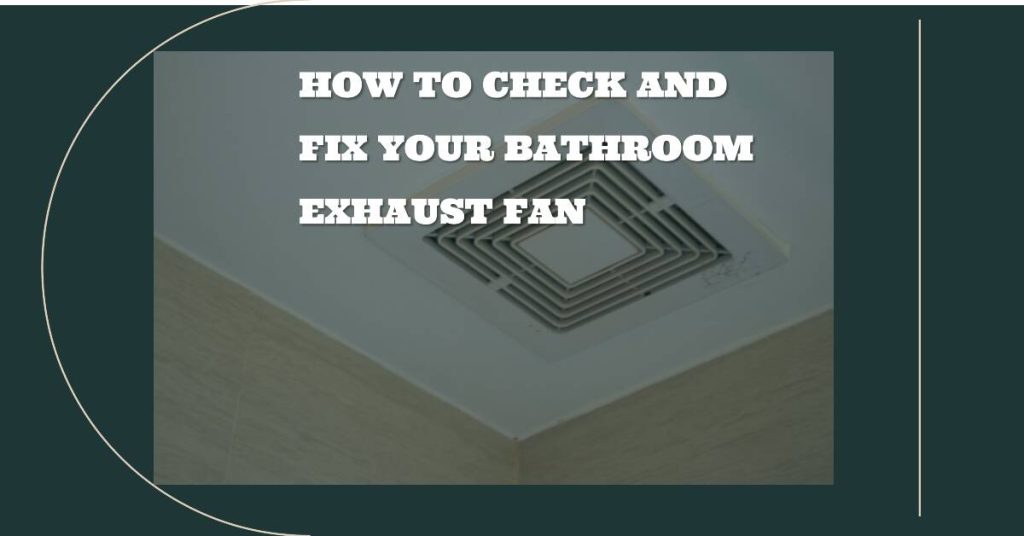

Exhaust fan not clearing steam? This common issue can cause a variety of problems, from lingering moisture to potential safety hazards. Understanding the potential causes and how to effectively troubleshoot the problem is vital for maintaining a comfortable and healthy environment. This guide will walk you through a systematic approach to diagnosing and resolving exhaust fan issues, ensuring optimal steam clearing and ventilation. We’ll cover several key areas, providing concrete examples and solutions. Let’s get started!
Understanding the Problem
What Causes Steam Buildup?
Steam buildup around exhaust fans can stem from various factors, including inadequate ventilation, obstructions, or malfunctioning components. One of the most common causes is insufficient airflow; this often stems from blockages in the ventilation system. These blockages can be due to a scope of issues, from accumulated dust and debris to issues in the HVAC system itself. Furthermore, malfunctioning exhaust fans or damaged components can greatly impede the proper clearing of steam. If the exhaust fan isn’t working correctly, steam will not be effectively extracted. This can lead to significant issues, especially in kitchens and bathrooms. A study conducted by the American Society of Heating, Refrigerating and Air-Conditioning Engineers (ASHRAE) found that inadequate ventilation is a leading cause of mold and mildew growth in residential buildings. In addition, faulty exhaust fans can compromise safety. For example, in a kitchen, improper steam removal can lead to fire hazards.
Inspecting the Exhaust Fan Motor
Assessing the Fan’s Condition
Checking the motor is a critical first step in diagnosing the issue. Firstly, ensure the power switch is turned on and the electrical connections are secure. Make sure the fan itself isn’t physically obstructed. Then, carefully examine the fan blades for any damage, such as cracks or significant bending. Inspect the motor for any signs of overheating or burning. Sometimes, a simple cleaning of the fan blades can significantly improve performance. A clogged fan or clogged air intake is one common cause of malfunctioning exhaust fans. Inspecting the fan for debris accumulation and cleaning it out if necessary can resolve the issue. In many cases, a malfunctioning fan motor is a simple fix. For instance, a loose wire connection can cause the fan not to work properly. Carefully checking the connections for any damage or looseness can address the issue without needing additional work from a service professional. This is often a quick and cost-effective fix.
Investigating the Power provide
Determining Electrical Issues
The power provide to the exhaust fan is an often overlooked factor. Check the electrical outlet to ensure it’s operational. An easy-to-overlook cause of a non-working exhaust fan is a tripped circuit breaker. A tripping circuit breaker is an indication of an electrical overload or a short circuit somewhere in the system. Verify that the circuit breaker associated with the exhaust fan hasn’t tripped, and reset it if necessary. A simple electrical issue can cause a wide scope of issues, including an exhaust fan not working, lights not working, or even appliances shutting off. Testing the power provide should be completed before moving on to other potential issues. Verify that the power provide to the fan is sufficient for its use. The lack of sufficient voltage to the exhaust fan can lead to performance issues. Furthermore, loose or corroded wiring can also cause problems with the exhaust fan.
Examining Steam Vent Pipes
determineing Blockages and Obstructions
Inspecting the vent pipes is crucial in troubleshooting steam clearing issues. Blockages can stem from a variety of sources, from accumulated grease or debris to structural issues. Look for any clogs, restrictions, or kinks in the vent pipes that may be inhibiting airflow. Inspecting the venting system often yields valuable information for diagnosing problems with exhaust fans. A clogged vent pipe can significantly reduce the efficiency of the exhaust fan. Begin by checking for loose connections and ensuring all pipes are securely joined. If blockages exist, carefully clear the pipes, and ensure that they are properly sealed and aligned to promote optimal airflow.
Related Post : Shower Water Pressure Suddenly Dropped? Here’s What Might Be Wrong
Troubleshooting Malfunctioning Components
Addressing Complex Issues
If the above steps don’t resolve the problem, further investigation might be necessary. This might involve replacing a faulty component such as a damaged exhaust fan blade or assessing the exhaust fan’s motor for potential internal issues. This might require replacing the motor itself, a service usually handled by qualified professionals. Another issue to investigate is the exhaust fan’s mounting or connections. A loose mounting can affect the fan’s efficacy or cause excessive vibration. Consider inspecting the insulation for proper insulation around the pipes and vents. Poor insulation can lead to heat loss and potentially boost the humidity in the area, further impeding the exhaust fan from working effectively.
In conclusion, troubleshooting an exhaust fan not clearing steam involves a systematic approach. Checking the fan’s motor, the power provide, and the steam vent pipes is crucial. Addressing potential issues like blockages, loose connections, or damaged components will restore optimal performance. Remember to prioritize safety precautions when working with electrical appliances. For persistent problems, consulting a qualified HVAC technician is recommended. Don’t hesitate to reach out to us for further assistance.